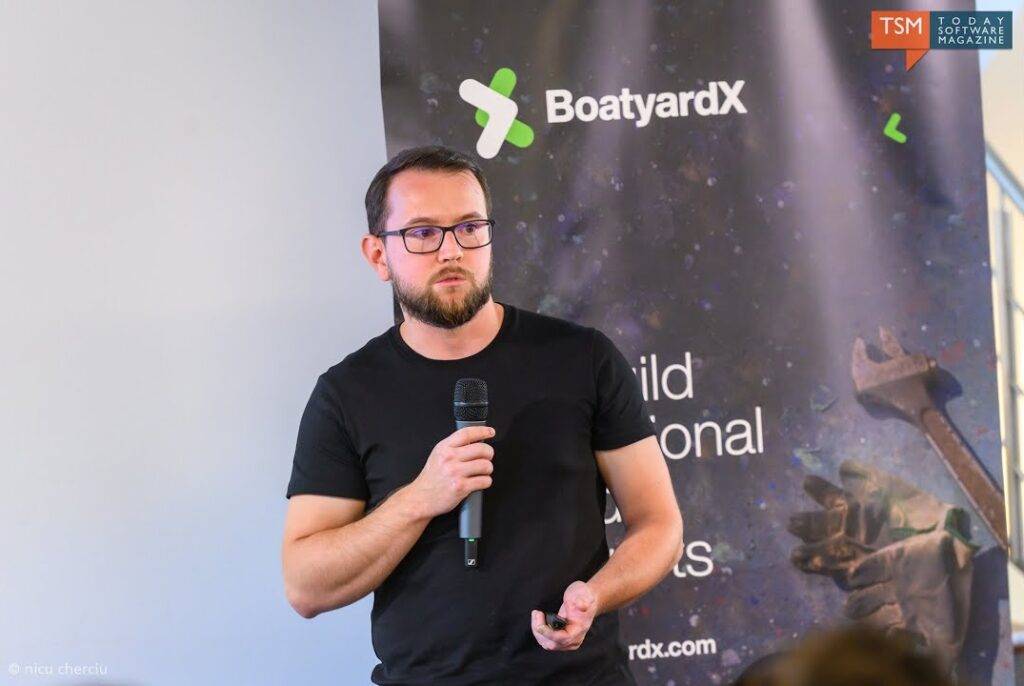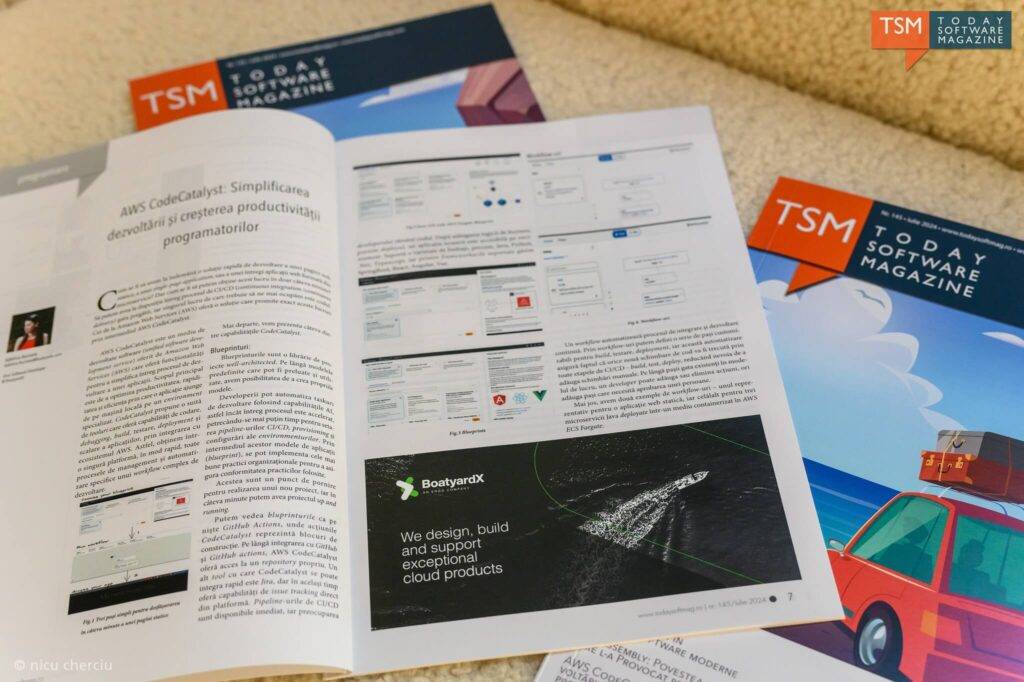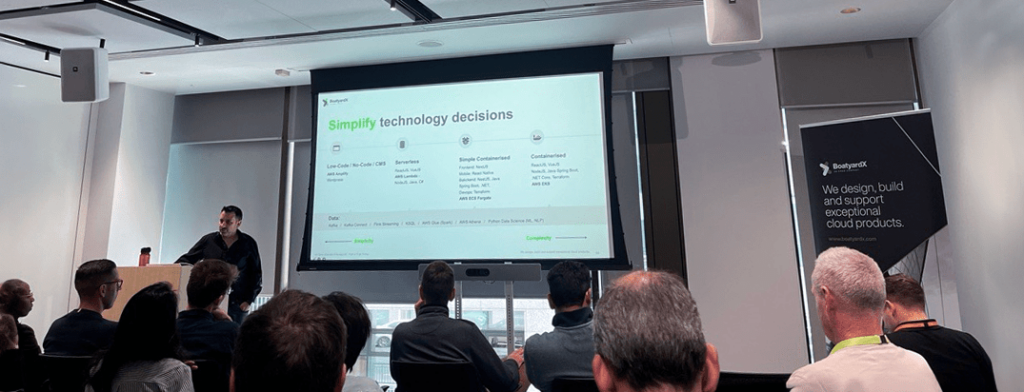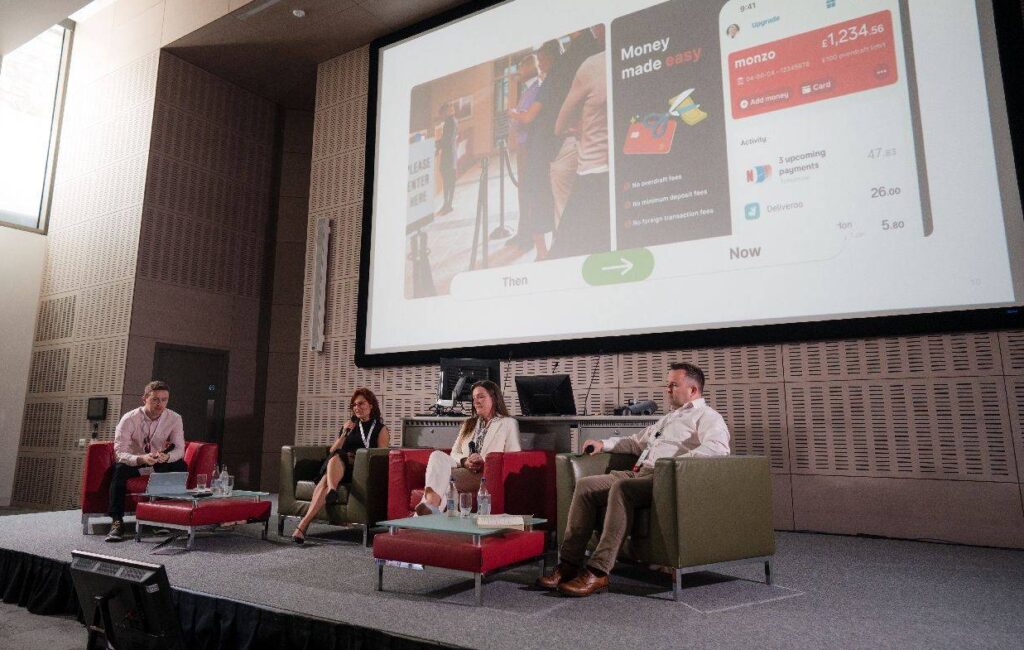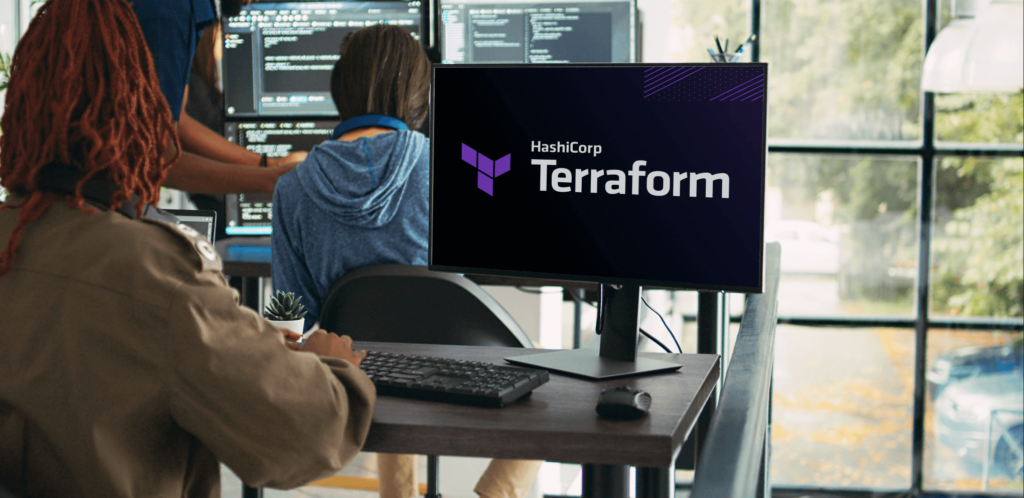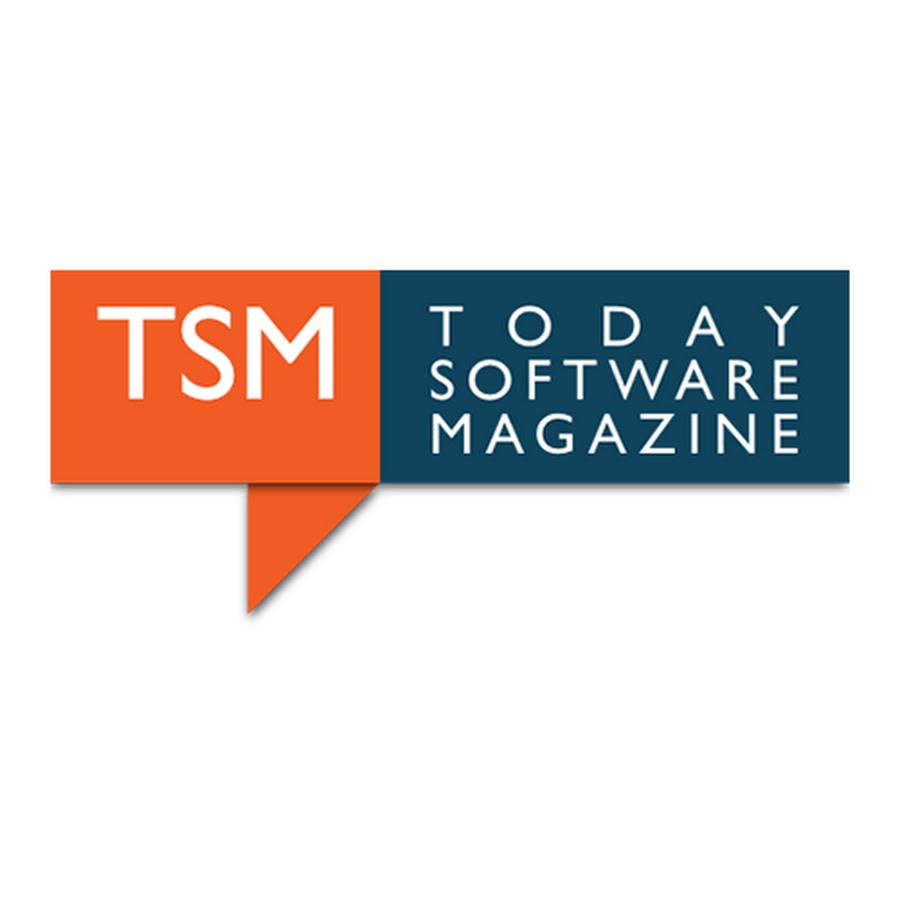- Brian Riera, Graduate Business and Technology Analyst
Cloud migration promises scalability, innovation, and long-term cost efficiency. Beneath the surface, however, many organisations encounter unexpected expenses that can derail timelines and budgets.
According to the 2024 Flexera State of Cloud Report [1], managing cloud spend is now the top cloud challenge. While adoption is high, poor planning and limited visibility can turn a cloud initiative into a costly learning experience. A recent McKinsey report [2] echoes this, noting that although 95% of European companies are using cloud, much of the value remains isolated and at subscale, highlighting the importance of strategic focus beyond infrastructure cost savings.
In this article, we’ll explore some of the most common hidden costs of cloud migration and share practical solutions, with a focus on AWS, the most widely adopted cloud platform. From architecture design to spend optimisation, we’ll highlight how to anticipate and avoid common pitfalls using AWS-native tools and best practices.
1. Underestimating the Complexity of Migration
One of the most common pitfalls is treating cloud migration as a simple “lift and shift.” It is a common scenario for legacy systems to reveal hidden interdependencies, hardcoded configurations, and outdated frameworks when moved to the cloud. This often leads to unforeseen rework, delays, and increased labour costs.
In fact, nearly 50% of organisations cite “understanding application dependencies” as a top challenge when migrating workloads to public cloud platforms, according to Flexera [1].
🛠️ Start with a Discovery Phase
Perform a comprehensive application portfolio assessment before migrating. AWS offers tools like the Application Discovery Service and the Migration Readiness Assessment (MRA) to map dependencies and build a realistic, phased migration plan.
2. Poor Cost Modelling and Misaligned Expectations
While cloud platforms like AWS can offer significant long-term savings, realising those benefits depends on how well the migration is planned and modelled. Many businesses assume cloud will automatically be cheaper, only to encounter unexpected costs once workloads are deployed.
According to the 2024 Flexera State of Cloud Report, nearly half of organisations struggle to compare on-premises and cloud costs accurately, often underestimating expenses related to licensing, storage tiers, and networking.
🛠️ Model Costs with AWS-native Tools
Use tools like the AWS Pricing Calculator, AWS TCO Calculator, and Cost Explorer to forecast and validate expenses early. Consider a FinOps approach to align engineering and finance teams around ongoing cost management—a practice that brings financial accountability to cloud spending.
3. Inefficient Cloud Architectures
A common mistake is replicating on-premises architecture in the cloud without rethinking design. Overprovisioned EC2 instances, unused EBS volumes, or monolithic app designs can waste resources and inflate monthly bills.
🛠️ Design for the Cloud, Not Just in the Cloud
Adopt AWS’s Well-Architected Framework, particularly the Cost Optimisation Pillar to design scalable, resilient, and cost-effective solutions. Use Auto Scaling, Savings Plans, Spot Instances, and Compute Optimizer for continuous cost and performance tuning. For many workloads, modernising into serverless (Lambda) or containerised (ECS, EKS) deployments may be more efficient.
4. Data Transfer and Egress Charges
Data transfer is one of the most overlooked cloud costs, especially data egress, which applies when moving data out of AWS (to the internet or another region). Businesses handling large datasets or inter-region communication may face significant recurring costs.
🛠️ Architect for Data Locality
Architect for data locality, keep compute and storage within the same region. Use CloudFront for caching and S3 Lifecycle Policies to optimise data storage and transfer. Monitor with Cost and Usage Reports (CUR) to track and attribute network usage accurately.
5. Lack of Visibility and Governance
Without centralised control, teams can quickly rack up costs by spinning up instances, testing services, and forgetting to shut them down. Orphaned resources and inconsistent tagging often lead to unclear accountability.
🛠️ Tag, Monitor and Alert Proactively
Implement strict tagging policies from day one, and enforce them with AWS Organisations, Control Tower, and Service Control Policies (SCPs). Use Budgets, Cost Anomaly Detection, and CloudWatch Alarms to catch waste early and alert the right teams.
6.Skill Gaps and Training Overhead
Cloud platforms evolve rapidly, and not all teams are equipped with the right knowledge to use them efficiently. This often results in suboptimal architectures, misconfigured resources, or overreliance on consultants, adding to long-term cost.
Interestingly, “assessing technical feasibility” was listed as another top cloud migration challenge in Flexera’s report, highlighting the need for deeper internal capability.
🛠️ Invest in Cloud Fluency Early
Invest in training and certification from the outset. AWS offers free resources like AWS Skill Builder, Well-Architected Labs, and hands-on workshops to help teams build confidence and capability. Working alongside trusted partners can reinforce best practices, accelerate learning, and ensure alignment across teams.
Conclusion
Cloud migration is not just a technical decision, it’s a strategic one. While AWS offers immense potential, the hidden costs of cloud migration can offset early gains if they’re not accounted for upfront.
With global public cloud spending projected to double by 2028 [3], the pressure to manage costs effectively is only increasing. By investing in planning, right-sizing architectures, improving visibility, and upskilling teams, businesses can unlock the real value of the cloud without surprises.
At BoatyardX, we help teams plan, execute, and optimise their journey to the cloud. Whether you’re migrating for the first time or rethinking your current architecture, we can help you get it right from the start.
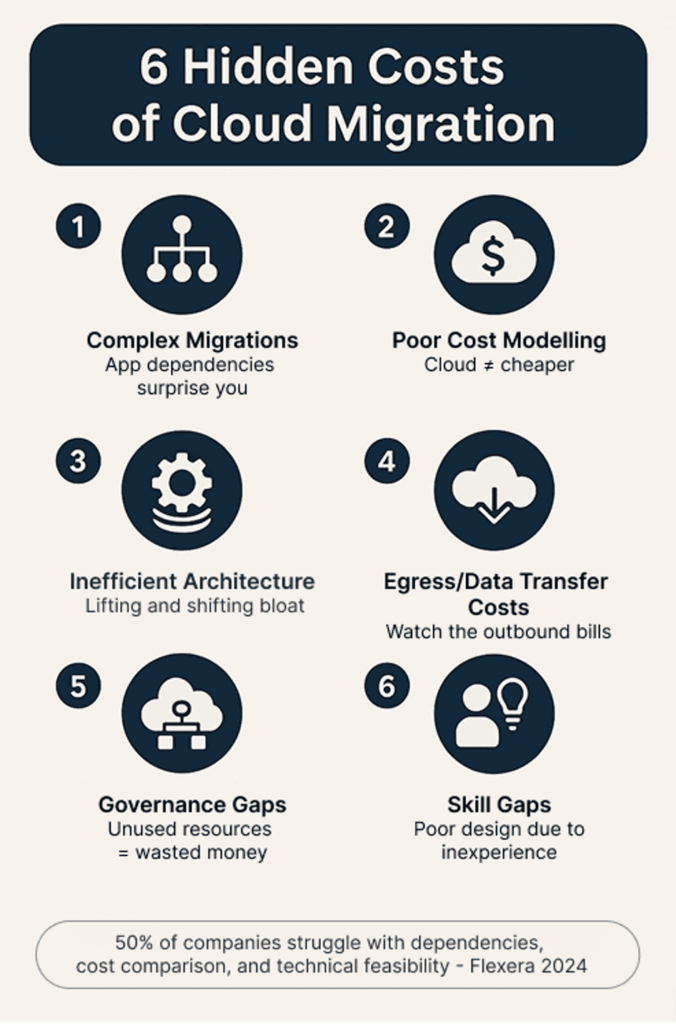
[1] Flexera (2024), Available at: https://info.flexera.com/CM-REPORT-State-of-the-Cloud
[2] McKinsey & Company (2023), Available at: https://www.mckinsey.com/capabilities/mckinsey-digital/our-insights/the-state-of-cloud-computing-in-europe-increasing-adoption-low-returns-huge-potential
[3] IDC (2024). Worldwide Spending on Public Cloud Services is Forecast to Double Between 2024 and 2028, According to New IDC Spending Guide. Available at: https://www.idc.com/getdoc.jsp?containerId=prUS52460024
Read more tech topics
Modernise smarter, scale faster. BoatyardX helps you cut costs and unlock agility by transforming legacy apps through our DiscoverX process and the AWS 7Rs framework.
AI is reshaping how we work, shop, learn, and solve problems, it's creating experiences that seemed impossible just years ago. But what separates AI that transforms businesses from AI that gathers digital dust?
Cloud migration promises scalability, innovation, and long-term cost efficiency. Beneath the surface, however, many organisations encounter unexpected expenses that can derail timelines and budgets.
In recent years, software architectures have evolved rapidly, reflecting the changing needs of software developers and the business environment.
There’s a common belief in the digital world: paying for something guarantees a better experience. But is this always true?
How convenient would it be to have a quick solution at hand for developing a static web page, a proof-of concept application, a single-page application, or even a complete web app built with microservices?
Building a cloud-based product can be daunting for startups, especially when faced with a plethora of choices, trade-offs, and challenges.
Proud of your product but sense it hasn’t quite hit its stride? UX audits are an essential tool to ensure it hits its full potential.
At Adminovate 2024, Karolina Coates, Head of Design at BoatyardX, joined industry leaders to discuss the evolving landscape of user experience (UX) and fintech innovation.
The BoatyardX DiscoverX workshop is a collaborative, interactive experience where clients have the opportunity to explore product and technology concepts.
In today's fast-paced digital landscape, businesses are continually seeking innovative solutions to manage their infrastructure efficiently – and for good reason.
Within the sphere of modern applications, prioritising user experience has become paramount.
Whether you are a startup or a large corporation, it's likely you will face many of the same challenges in building the first version of a new product or application. We explore some of the critical success factors and lessons learned from supporting a broad range of clients in bringing new products to life.
We live in the times when seamless user experiences (UI/UX) are the cornerstone of digital success, businesses are strategically leveraging the nearshore advantage to bolster their design teams.
Before solution and implementation are merged into the upstream branch, a code review is a crucial stage in the software development cycle to obtain a second viewpoint.
Computer vision has become a significant influence in the remaking of numerous sectors in a time when technological innovation is the driving force.
In today's rapidly evolving digital landscape, the success of a product or service hinges on the user experience (UX) it delivers.
With over four years of experience as a .NET developer under his belt, Petru felt it was time to explore the growing demand for DevOps expertise, specifically in technologies.
WebRTC (Web Real-Time Communication) is an open-source transformative technology that revolutionizes real-time audio, video, and data sharing within web browsers.
What do startup founders and enterprise technology leaders have in common? Nightmare stories about unintended consequences of technology decisions.
Cognitive biases can have a significant impact on the quality and effectiveness of software being developed. How can software developers mitigate this impact?
At a recent Microsoft event speakers and attendees struggled to best describe the significance of AI and its potential impact on enterprise.
More organisations are starting to realise that the cloud is a great enabler for innovation, not just a more efficient way of running IT applications and services.
Skill gaps, high employee turnover and fierce competition for limited talent have only added to the pressure that businesses are facing from inflation. Though it may seem counter intuitive, it’s actually a good time to modernise or even replace applications, because they could be compounding your skills challenges.
Meta has called 2023 ‘a year of efficiency’ and they are far from alone in the corporate world. Many businesses are knuckling down, shedding staff and focussing on the old adage of ‘doing more with less’. Belt tightening is a business initiative again, like the bad old days of 2008.
Factors to consider when deciding whether or not to automate your QA.
At close to 4 years old BoatyardX has, for most of its short life, been a remote-first organisation.
How design helps you validate your product ideas within our Discovery Framework.
Have you ever wondered what it takes to have that genius spark that leads to groundbreaking, brilliant ideas?
This article briefly highlights the challenges faced by many software companies, and elements of the solutions we’ve helped map out with them.
This article briefly highlights the challenges faced by many software companies, and elements of the solutions we’ve helped map out with them.
De-risk your product build by answering fundamental product and technology questions up front
Often entrepreneurs skip brand development because of budget limitations or lack of available skillset. A solid brand strategy is, however, the foundation of a successful venture which stands out from the crowd.
An active player on the IT scene, BoatyardX was featured by Today Software Magazine (RO) in tech related topics as a subject matter expert.
When technology isn’t your core business it makes sense to go to an external partner such as BoatyardX. Discover how this approach works for Toronto-based Global Solutions Team.
We were recently interviewed by a new Software Insider website using a Reporter BOT, and it didn't go great! Sometimes #articialintelligence isn't as smart as we'd expect! See what you think.
Irish technology company BoatyardX delivers a compelling case for moving to the cloud to ensure the viability of your operations for the future.
As a growing start up, it’s important not to lose sight of the security and controls required on the IT systems that underpin the business. See how a recent Pen Test has resulted in significant cost savings at BoatyardX.
Pushing a new product live and then helping to demonstrate to early beta customers is a fantastic experience for a software development team.
BoatyardX’s approach to the cloud uses scalable, flexible Kubernetes technology. For businesses undergoing digital transforming, it is the wisest strategy.
Covid-19 represents both a driver and an opportunity for businesses to use digital innovation and build new products and applications more rapidly.



